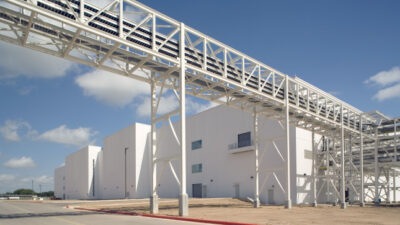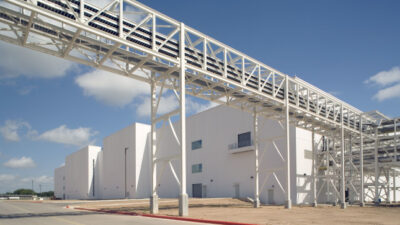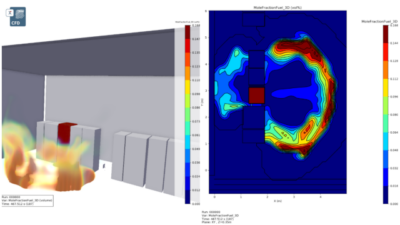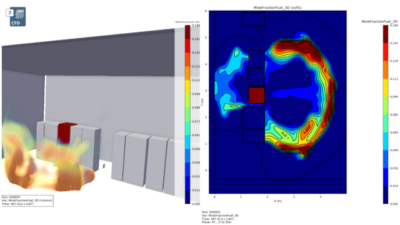The ACE Mentor Program of Frederick, Md., took top honors as the winning entry in the second annual CIRT-ACE Design Competition, conducted with the Construction Industry Round Table (CIRT) Spring Conference in Washington, D.C. The Frederick Team was one of 10 entrants vying for a first-place prize of $3,000 and bragging rights as the best student design presented by an affiliate.
The ACE Mentor Program of Frederick, Md., took top honors as the winning entry in the second annual CIRT-ACE Design Competition, conducted with the Construction Industry Round Table (CIRT) Spring Conference in Washington, D.C.
The Frederick Team was one of 10 entrants vying for a first-place prize of $3,000 and bragging rights as the best student design presented by an affiliate. ACE of Palo Alto, Calif., took second place, and the ACE Mentoring Program of Greater Kansas City, Mo., was third.
The design competition is a collaborative effort between CIRT and ACE. CIRT represents the senior executives of many of the leading firms heavily involved with ACE, and the ACE Mentor Program of America reaches out to high school students who may be interested in better understanding the design and construction industry.
The design challenges were actual projects that attempted to stress the practical aspects of the profession, particularly with respect to constructability, use of materials, meeting deadlines, and establishing reasonable expenses or budgets. Frederick’s entry, entitled “Re-Routing Transportation,” was aimed at relieving congestion and commuter traffic along the I-270 corridor.
The Palo Alto team planned a pre-fab sustainable housing unit called the Beehive. Designed in little hexagonal components that allowed other hexagonal components to be “clicked” together to form the unit, the Beehive could be built quickly following a natural disaster.
The Kansas City team created a community recreation center called The Marshall Plan. It was built to the U.S. Green Building Council specifications and used as much recycled material as possible, including recycled water. It also used solar panels for heating.
The teams were judged on creativity, quality of presentation, design process, and design elements/aspects.



